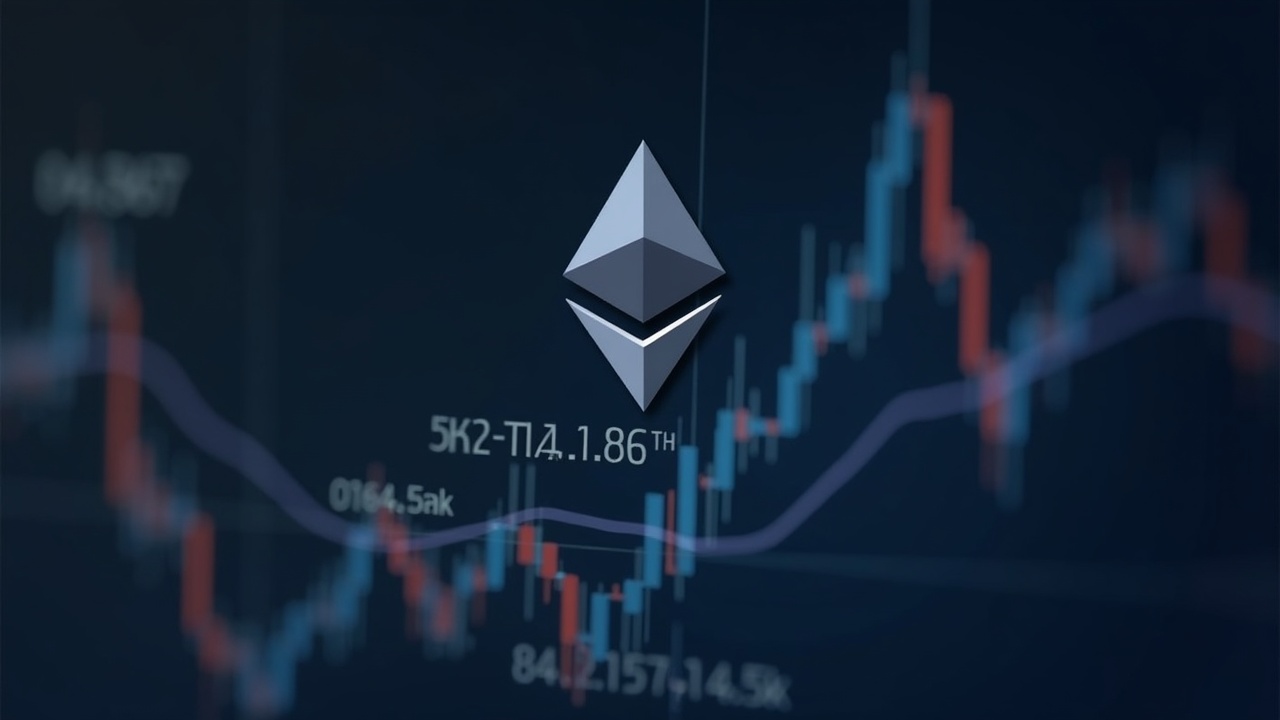Ethereum’s reclaim of the $4,000 mark is a key moment for traders, putting crucial support and resistance levels in the spotlight. Understanding these price bands is essential for navigating the potential for a sharp breakout or a deeper correction.
Key Levels to Watch
The battle between buyers and sellers is focusing on a well-defined set of technical levels. Keeping a close eye on these can help you gauge the market’s next major move.
-
On the Upside: The immediate challenge for Ethereum is to overcome the resistance zone between $4,232 and $4,265. A sustained break above this barrier could open the path toward $4,500, with the next significant ceilings waiting at $4,600–$4,800 and even $4,900–$5,200. A clean daily close above $4,500 is often seen as a strong signal that the next leg up is beginning.
-
On the Downside: The first major safety net sits in the $3,993–$4,081 range. If this support tears, the next cushions to watch are around $3,850 and then $3,700. A fall through $3,700 is critical, as it risks triggering another wave of forced liquidations. In a deeper slide, the $3,200–$3,300 area becomes a significant line of defense, with on-chain data pointing to $3,020 and $2,772 as major support zones where a vast number of coins were initially purchased.

Key Market Drivers & Strategic Takeaways
Beyond the pure price charts, several fundamental and on-chain factors are currently shaping Ethereum’s trajectory.
-
Institutional Demand: The launch of spot staking ETFs is a game-changer, providing a regulated way for institutional capital to flow into Ethereum. This creates a new pillar of demand and adds regulatory respect, which can help lift the floor for the asset.
-
The Whales’ Role: Large wallets significantly influence the market. The fact that buyers absorbed a $72 million sale near the $4,000 level is a telling sign that high-net-worth investors were actively scooping up coins after the recent drop, providing much-needed support.
-
Network Upgrades: Continuous improvements to the Ethereum network, like the upcoming Pectra upgrade, are crucial for long-term value. These enhancements aim to double throughput and cut transaction fees by around forty percent, making the network more efficient and user-friendly.
In essence, the playbook is straightforward. A daily close above $4,500 could signal the start of the next upward leg, while a drop below $3,700 significantly raises the odds of a retreat toward the $3,200–$3,300 zone. For now, watching ETF flow data and the progress of network upgrades will be key to understanding the market’s tone.


